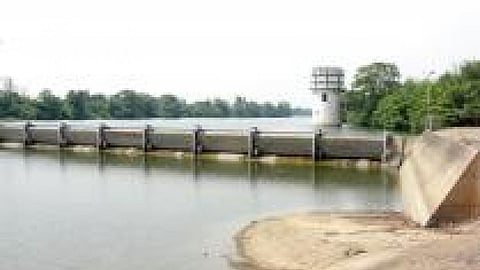Enter Nadi-Ghati Morcha, a people’s forum in Chhattisgarh that worked on common property rights issues. Taking up the cause of the villagers, it campaigned against the RWL water privatisation project and demanded that the state scrap the contract. Finally in 2007, the government relented and set up a public accounts committee (PAC) to investigate the privatization of the Shivnath. The result stated clearly that the transaction was illegal as the river was no one’s to buy or sell, especially when so many livelihoods depended on it.

